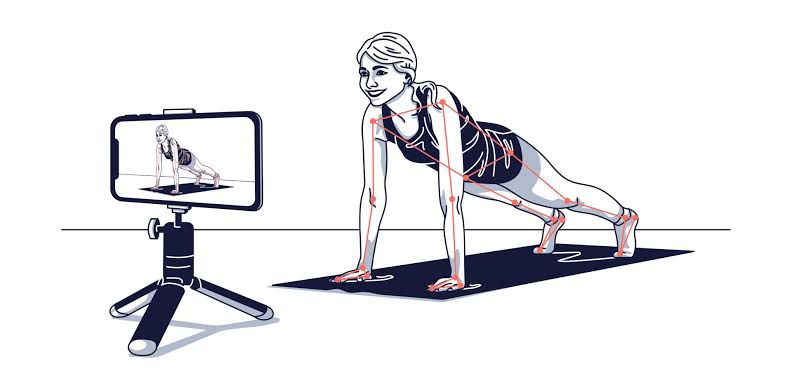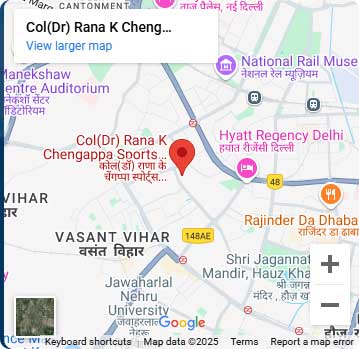Revolutionizing Sports Rehabilitation with Advanced Motion Analysis & Biomechanics
The integration of advanced motion analysis and biomechanics into sports rehabilitation is redefining clinical outcomes by shifting the focus from symptom-based treatment to precision-driven recovery. Technologies like 3D motion capture systems, inertial measurement units (IMUs), and force platforms now allow clinicians to objectively quantify movement inefficiencies, joint kinetics, and neuromuscular deficits with unparalleled accuracy.
A groundbreaking example is GAITON, an AI-powered gait analysis system combining high-speed video capture, plantar pressure sensors, and real-time feedback algorithms. Recent research published in the British Journal of Sports Medicine (2025) demonstrated GAITON’s effectiveness in detecting asymmetries in gait post-ACL reconstruction—subtle deviations that often go unnoticed in conventional assessments. These insights enabled therapists to design neuromuscular re-education protocols that reduced recovery time by 30% and lowered re-injury rates significantly.
Beyond post-injury rehab, biomechanical tools are now used for injury prevention and performance optimization. For example, elite athletes are screened preseason using motion analytics to detect kinetic chain dysfunctions and load distribution errors, helping prevent overuse injuries before they manifest.
With continuous advancements in AI and wearable technology, motion analysis systems like GAITON are not just enhancing rehabilitation—they’re redefining the standards of care in sports medicine, ushering in an era of predictive, personalized, and performance-oriented recovery.




